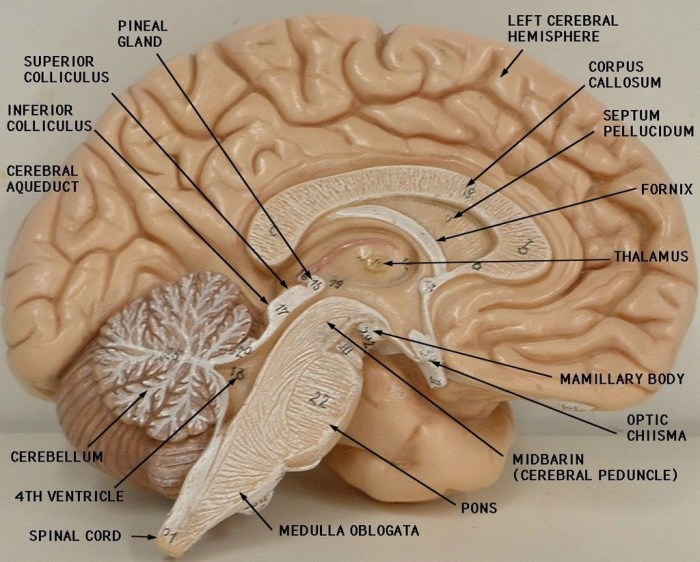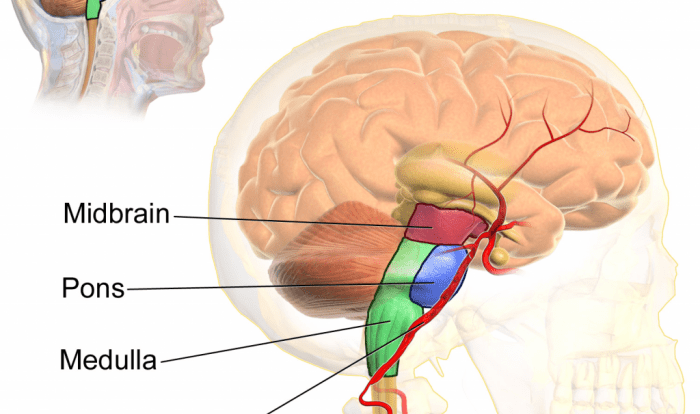Drag the labels to identify the ventricles of the brain. – Embark on a journey into the depths of neuroanatomy as we explore the ventricles of the brain, intricate cavities that play a vital role in maintaining the health and functionality of our central nervous system. This interactive exercise invites you to engage with the brain’s ventricular system, deepening your understanding of its anatomy and significance.
Ventricles, fluid-filled chambers nestled within the brain’s core, serve as the cornerstone of the ventricular system. They orchestrate the production, circulation, and absorption of cerebrospinal fluid (CSF), a nourishing elixir that bathes the brain and spinal cord, providing essential nutrients and removing waste products.
Ventricles of the Brain

The ventricles of the brain are interconnected cavities within the brain that are filled with cerebrospinal fluid (CSF). They play a crucial role in the production, circulation, and absorption of CSF, which provides nourishment and protection to the brain and spinal cord.The
ventricles are lined with ependymal cells, which produce CSF. CSF flows through the ventricles and into the subarachnoid space, where it bathes the brain and spinal cord. It is then absorbed into the bloodstream through arachnoid villi.
Types of Ventricles

There are four ventricles in the brain:
- Lateral ventricles:Located on either side of the brain, they are the largest of the ventricles and are responsible for producing most of the CSF.
- Third ventricle:Located in the midline of the brain, it connects the lateral ventricles to the fourth ventricle.
- Fourth ventricle:Located at the base of the brain, it connects to the central canal of the spinal cord.
- Fifth ventricle (terminal ventricle):A small ventricle located at the end of the central canal in the medulla oblongata.
Ventricular System

The ventricular system refers to the interconnected network of ventricles and the pathways through which CSF flows. The system consists of:
- Lateral ventricles:Produce most of the CSF.
- Foramina of Monro:Openings that connect the lateral ventricles to the third ventricle.
- Third ventricle:Receives CSF from the lateral ventricles and sends it to the fourth ventricle.
- Cerebral aqueduct (aqueduct of Sylvius):A narrow channel that connects the third ventricle to the fourth ventricle.
- Fourth ventricle:Receives CSF from the third ventricle and sends it to the subarachnoid space.
- Foramina of Luschka and Magendie:Openings that connect the fourth ventricle to the subarachnoid space.
FAQ Section: Drag The Labels To Identify The Ventricles Of The Brain.
What is the function of the ventricles of the brain?
Ventricles are responsible for producing, circulating, and absorbing cerebrospinal fluid (CSF), which provides nourishment and protection to the brain and spinal cord.
How many ventricles are there in the brain?
There are four ventricles in the brain: two lateral ventricles, the third ventricle, and the fourth ventricle.
What is the largest ventricle in the brain?
The lateral ventricles are the largest ventricles in the brain.

